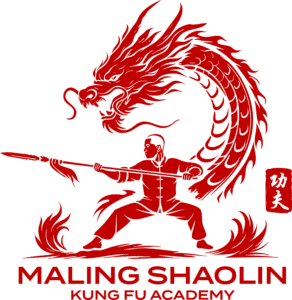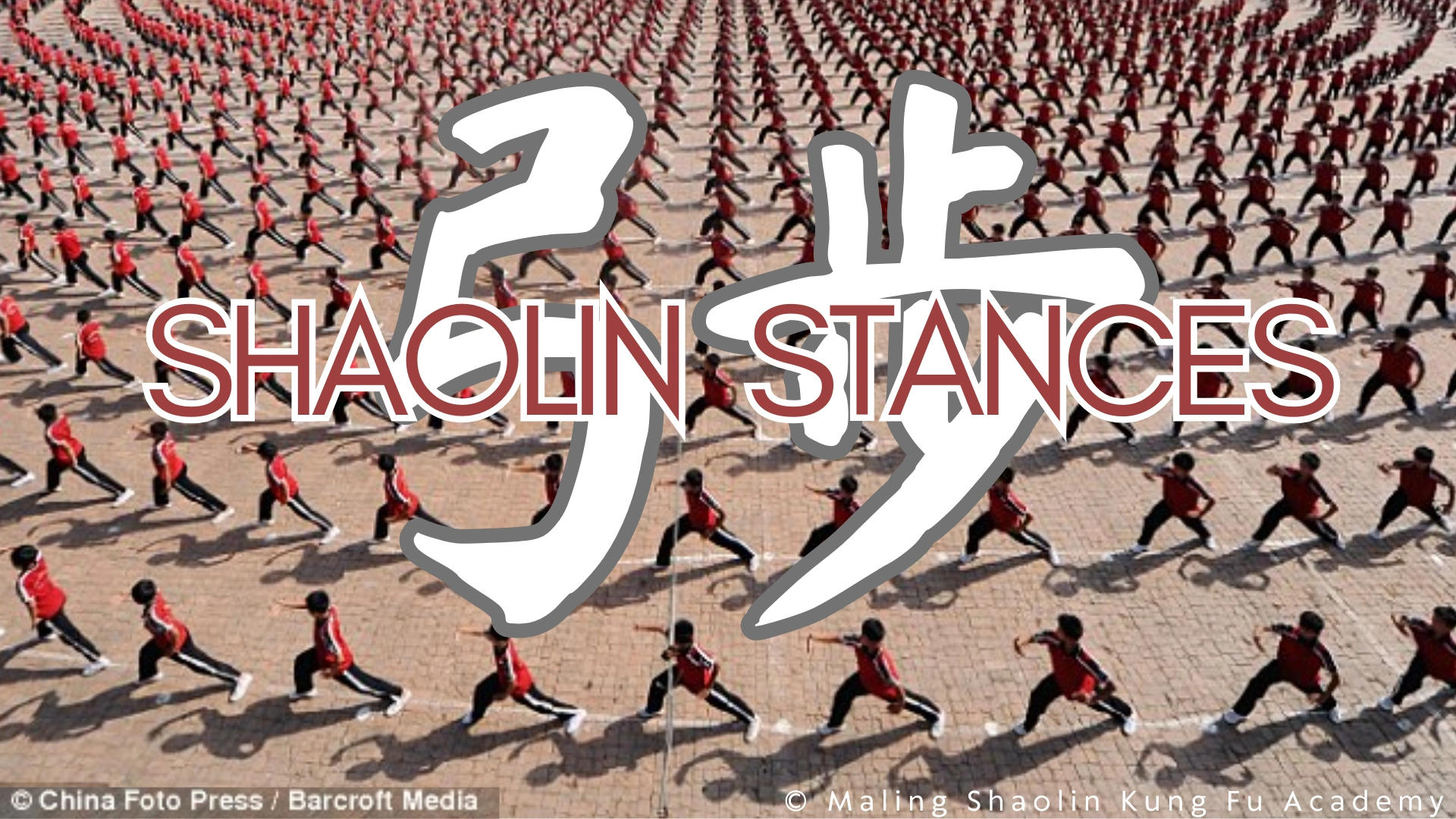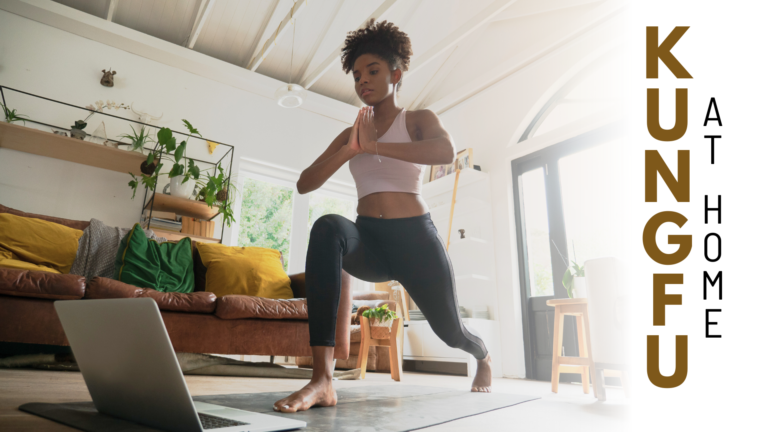The Horse Stance (Ma Bu) in Shaolin Kung Fu:
Foundation of Strength and Stability
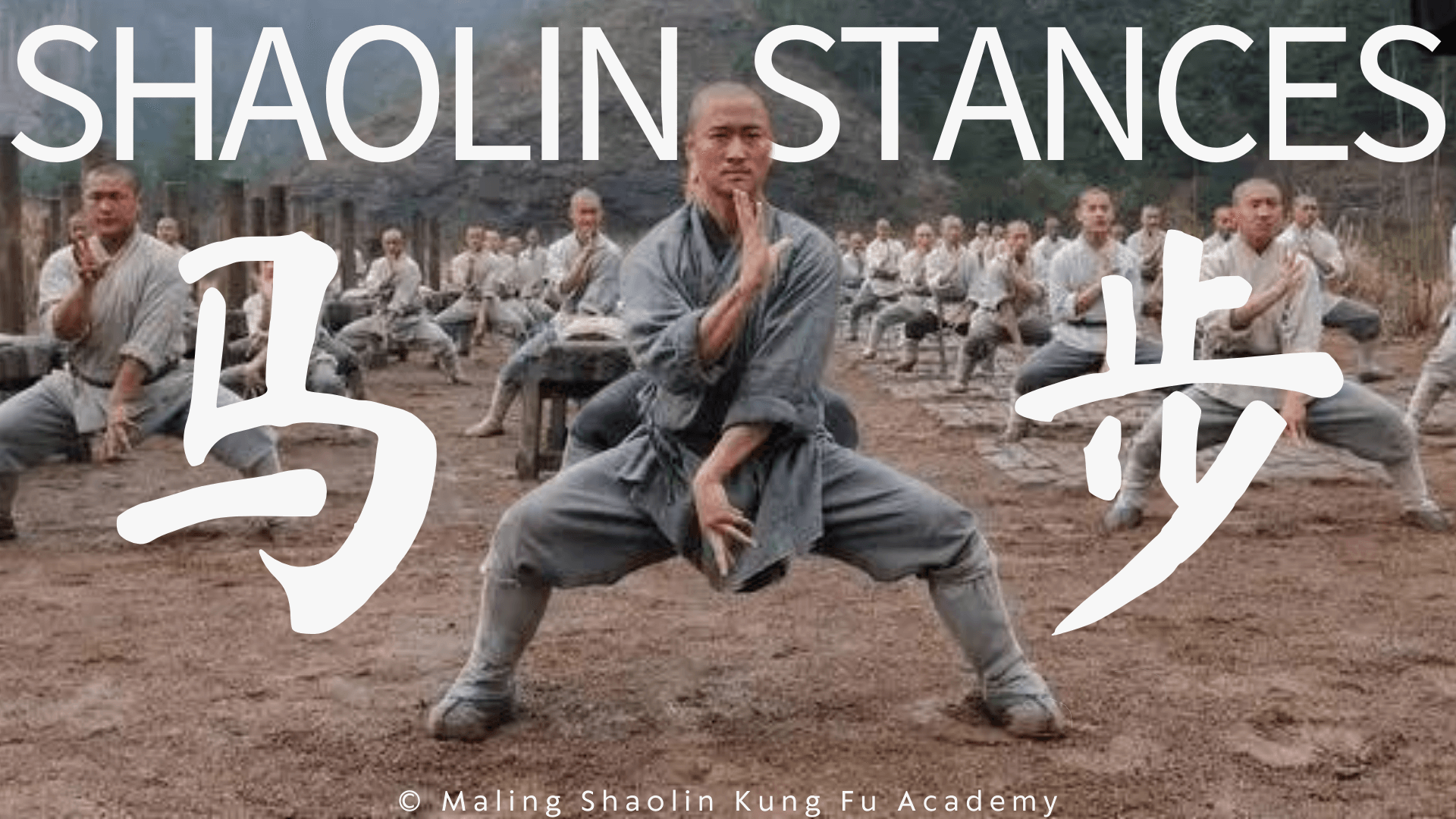
The Horse Stance, or Ma Bu, is one of the most fundamental postures in Shaolin Kung Fu. Often considered the cornerstone of martial arts training, Ma Bu is essential for developing the strength, stability, and endurance required for more advanced techniques. This article delves into the origins, significance, and practical benefits of the Horse Stance, highlighting its pivotal role in Shaolin Kung Fu.
Origins and Significance
The Horse Stance has deep roots in Chinese martial arts, with its practice dating back thousands of years. Named for its resemblance to the wide-legged stance of a rider on horseback, Ma Bu is more than just a physical exercise; it is a training tool for cultivating discipline and mental fortitude.
In Shaolin tradition, the Horse Stance is revered for its ability to build a strong foundation. It is often one of the first postures taught to beginners and remains a staple throughout a martial artist’s training. The stance symbolizes grounding and connection to the earth, which are vital for generating power in martial arts movements.
Technique and Execution
To perform the Horse Stance correctly, follow these steps:
Foot Placement:
Stand with your feet shoulder-width apart. Ensure your feet are flat on the ground, toes pointing forward.
Lower Your Body:
Bend your knees and lower your hips as if sitting back into an invisible chair. Your thighs should be parallel to the ground.
Posture:
Keep your back straight and your chest open. While practicing, your hands can be extended forward for balance. For the official pose, make fists and keep them at your sides.
Hold the Position:
Maintain this stance for as long as possible, focusing on your breathing and keeping your muscles engaged.
TIP:
Most beginners find getting down into the horse stance difficult. Getting thighs parallel to the floor and back straight requires not just thigh strength but hip flexibility. To improve your horse stance try these exercises:
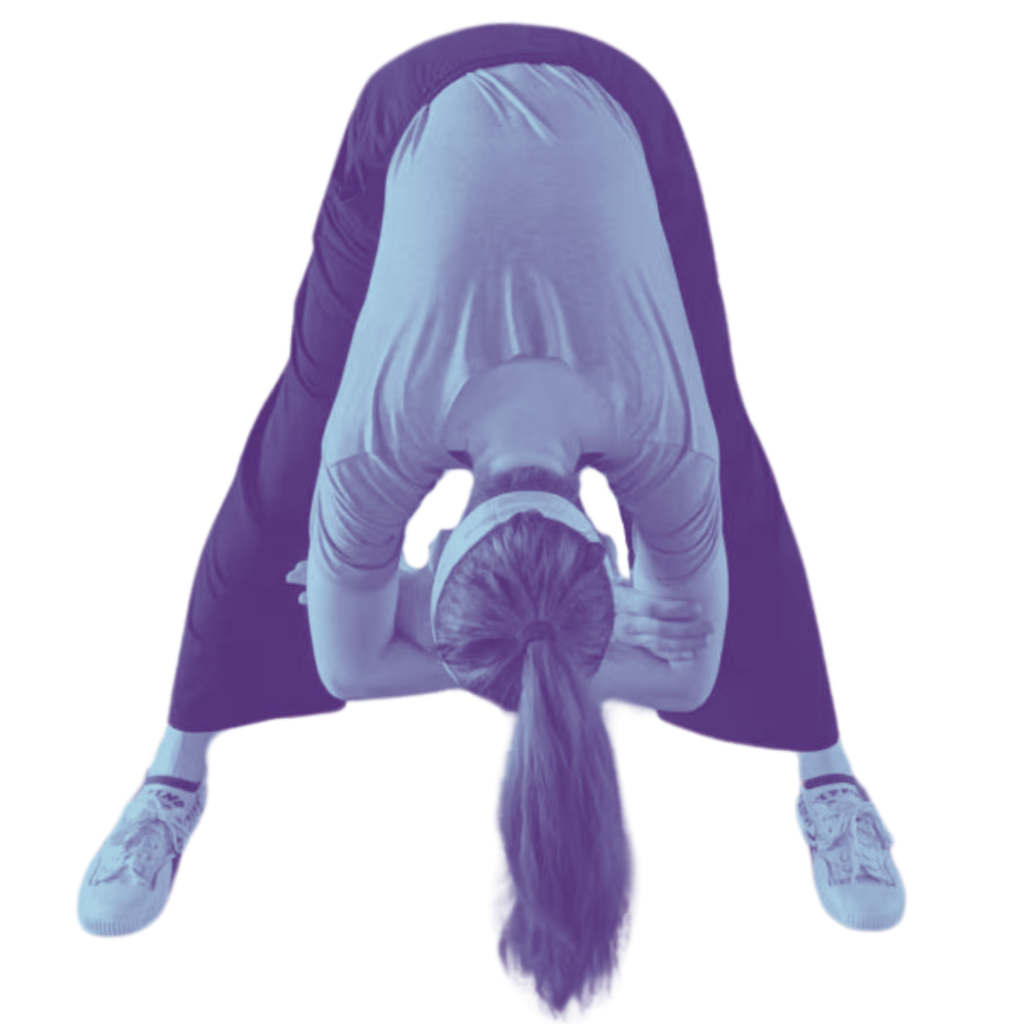
Hamstring Pulses: Stand with legs at least shoulder with apart (it can be wider), bend over as if to touch your toes but cross your arms. Gently pulse up and down; once you get into the rhythm of it your arms can create a forward scooping motion. You should feel the stretch primarily in your hamstrings and calf muscles, and subtly in your hips.
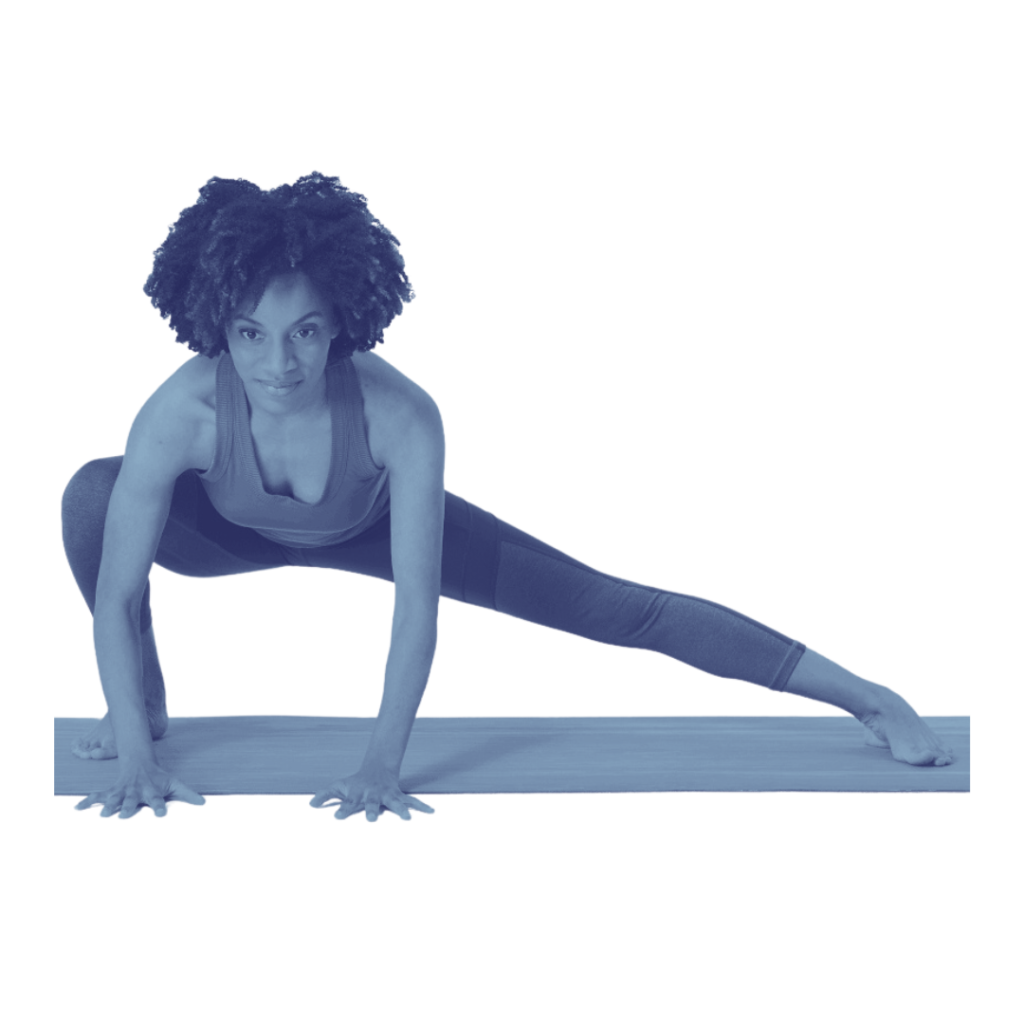
Side Lunge: Stand with legs wide apart and lower yourself, shifting your body weight to one leg. Get as low as possible and hold this pose. You can also gently pulse. This move is is very similar to the Low Stance (Pu Bu). Keep an eye out for a future article like this covering the Low Stance.
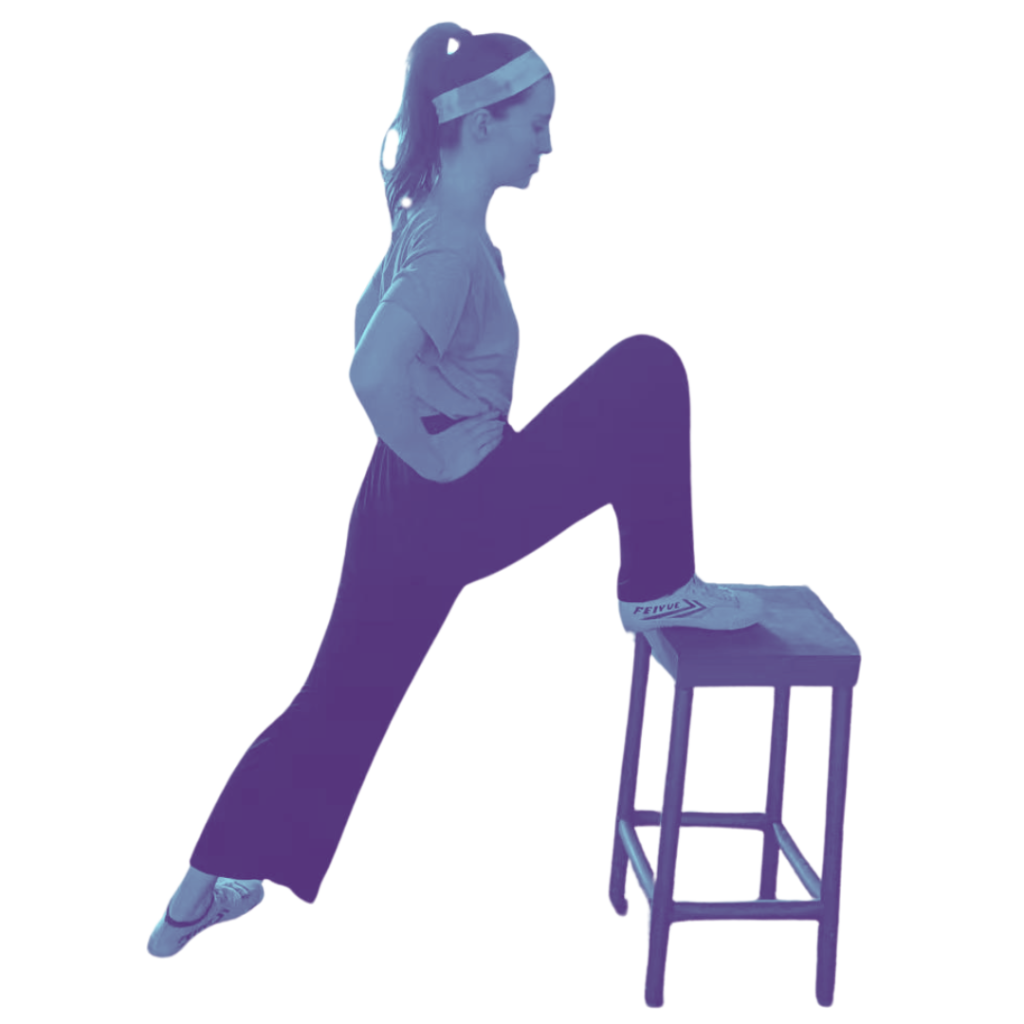
Raised Lunge: This exercise will be in the same position as a lunge but with the front leg propped up on something, like a chair or ledge. This allows more control over the depth of the lunge and a deeper hip stretch without over-tiring your quads. You can simply hold this stretch or gently pulse.
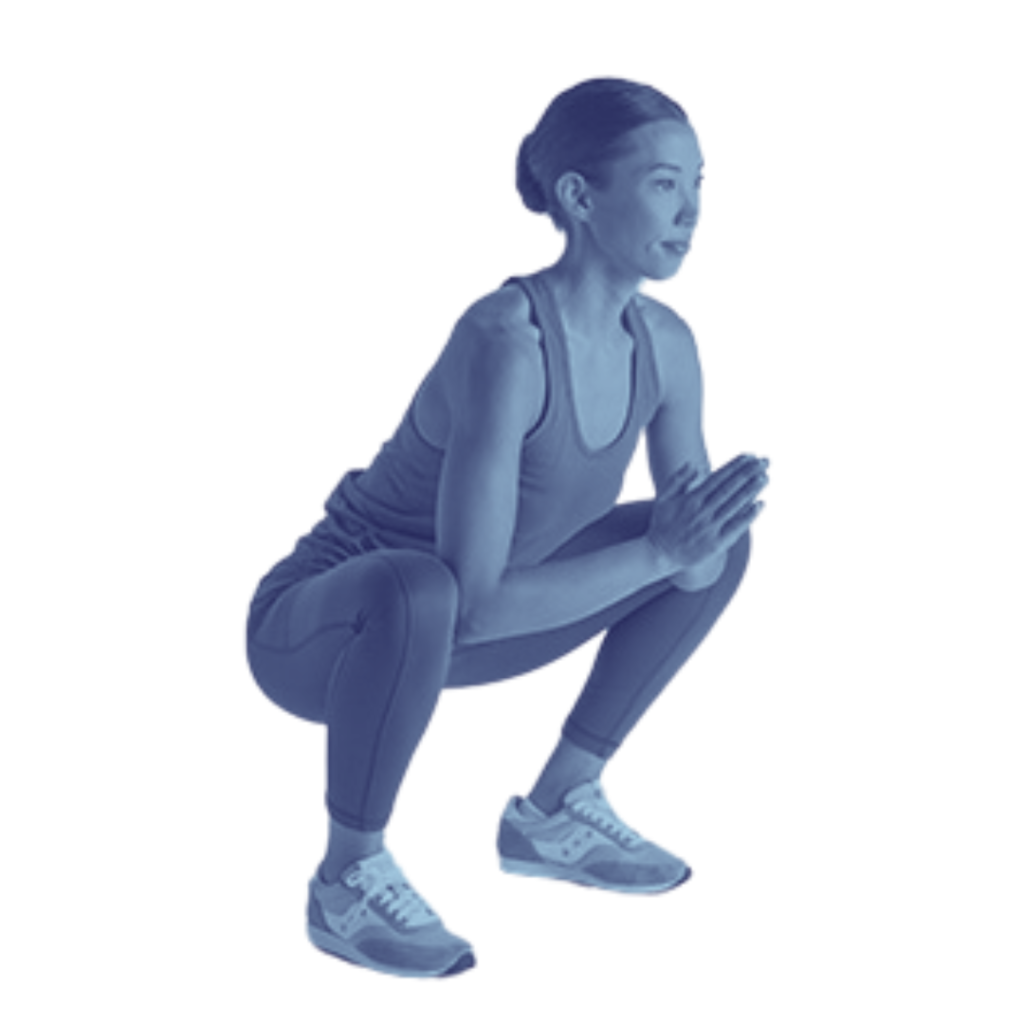
Deep Squats: To help improve your thigh strength, try regularly doing deep squats. When going down, lower your rear as close to the floor as you can before standing fully up, with hips forward. Try to keep your back as straight as possible and toes pointed forward.
Benefits of the Horse Stance
The Horse Stance offers numerous physical and mental benefits, making it an indispensable part of Shaolin Kung Fu training:
- Strength and Endurance: Holding Ma Bu for extended periods strengthens the legs, hips, and core muscles. It enhances endurance and stamina, crucial for martial arts performance.
- Balance and Stability: The stance improves balance and stability, providing a solid base for executing powerful strikes and movements.
- Flexibility: Regular practice of the Horse Stance increases flexibility in the lower body, particularly in the hips and thighs.
- Mental Discipline: Maintaining Ma Bu requires focus and perseverance, cultivating mental resilience and concentration.
- Energy Flow: In traditional Chinese medicine, Ma Bu is believed to promote the flow of Qi (vital energy) throughout the body, enhancing overall health and vitality.
Ma Bu in Shaolin Training
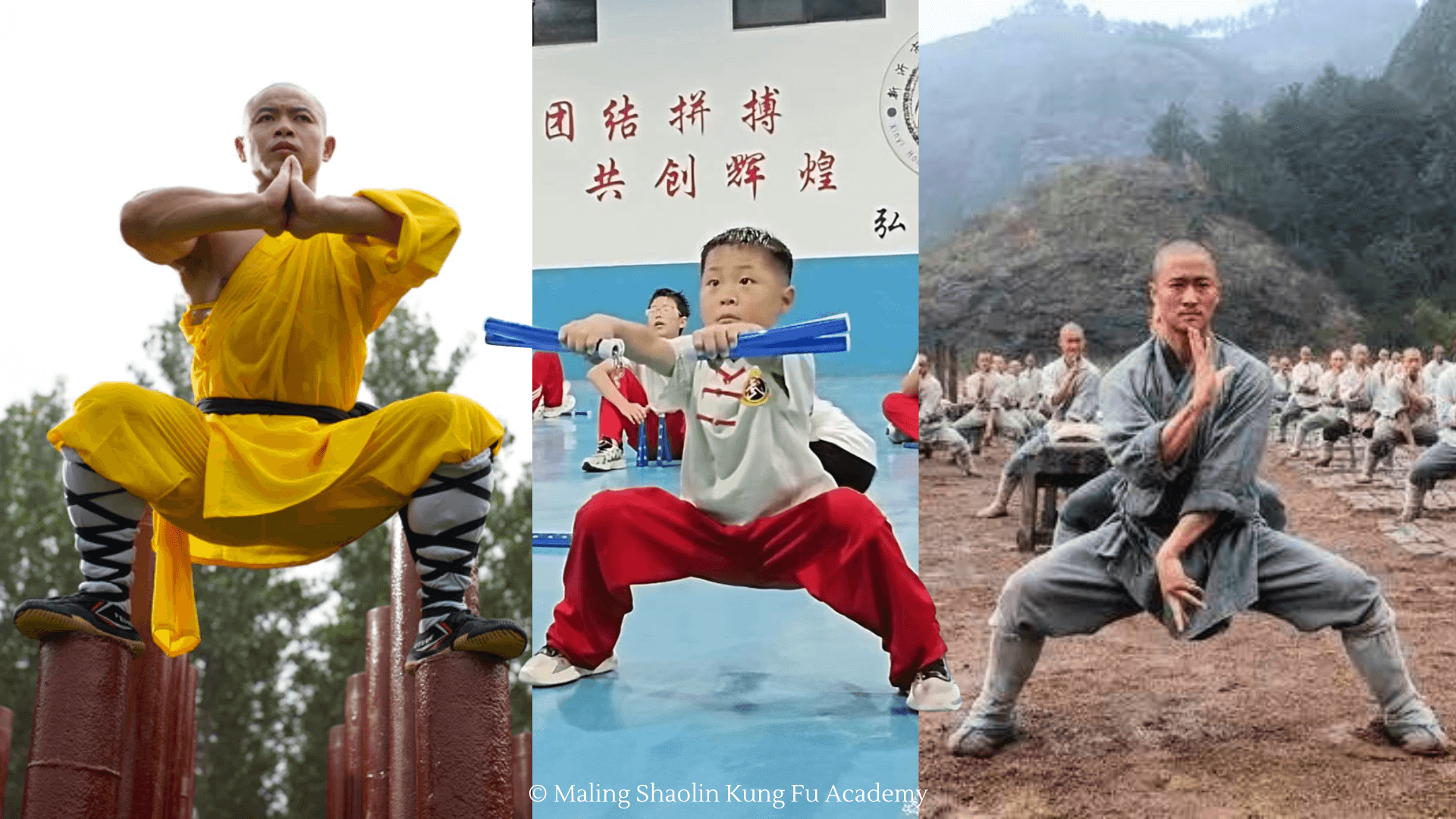
In Shaolin Kung Fu, the Horse Stance is integrated into various forms and drills. Practitioners often hold the stance while performing punches, blocks, and other techniques to develop coordination and strength. Ma Bu is also used in conditioning exercises, such as stance-holding competitions and dynamic transitions between stances.
Shaolin monks emphasize the importance of Ma Bu from the beginning of training. Novices spend considerable time perfecting this posture, sometimes holding it for several minutes to build a solid foundation. Advanced practitioners continue to refine their stance, integrating it seamlessly into their forms and applications.
Conclusion
The Horse Stance, or Ma Bu, is a testament to the enduring wisdom of Shaolin Kung Fu. It embodies the principles of strength, stability, and perseverance, forming the bedrock of martial arts practice. By mastering Ma Bu, practitioners lay the groundwork for their journey in Kung Fu, developing the physical and mental attributes necessary for martial excellence. Whether you are a beginner or a seasoned martial artist, the Horse Stance remains an essential practice, offering profound benefits that extend beyond the training hall.
Check out Master Bao demonstrating the basic Shaolin stances:
See More From Our Shaolin Basic Stances Series:
The Stance Series: Bow Stance (Gong Bu)
In Shaolin Kung Fu, stances are fundamental elements that serve as the foundation for various techniques and movements. Among these…
The Stance Series: Low Stance (Pu Bu)
The Low Stance (Pu Bu) is a fundamental position in Shaolin Kung Fu, emphasizing agility, flexibility, and balance. This stance…
